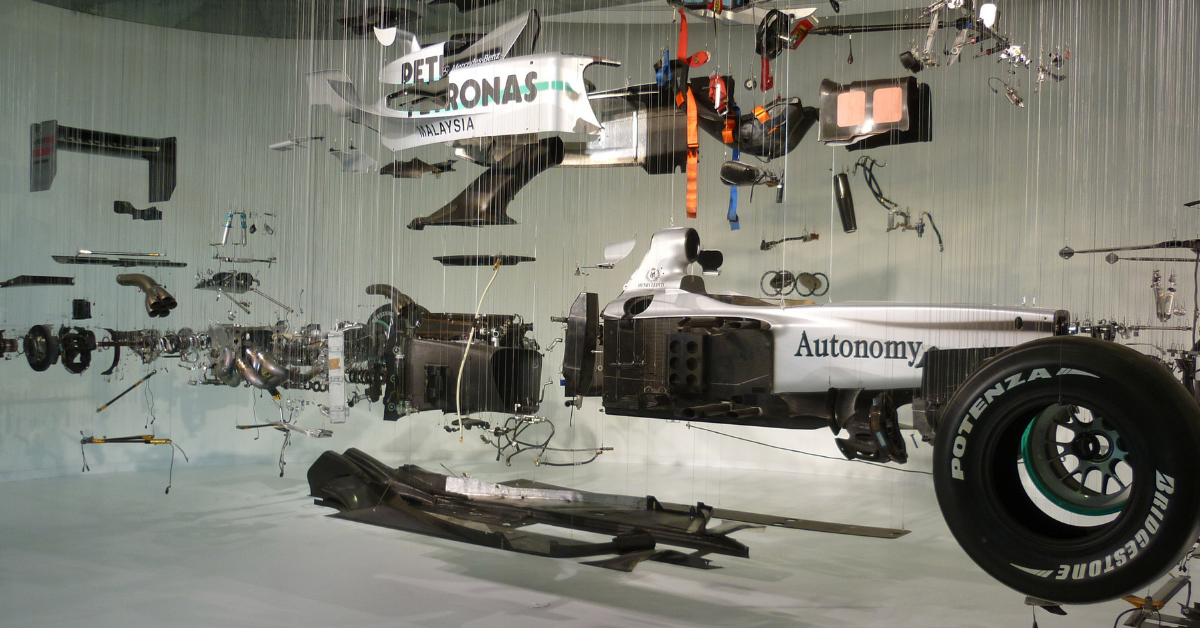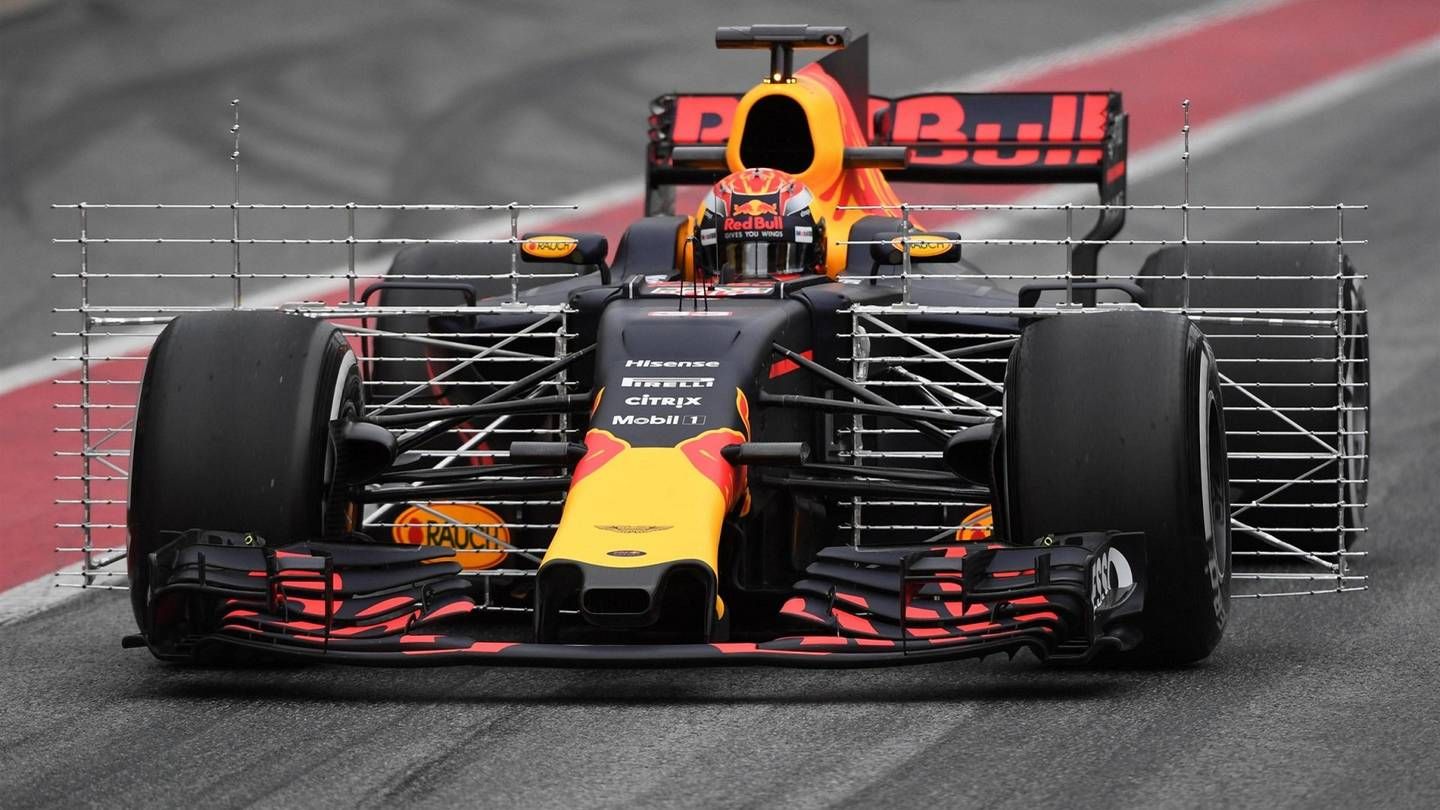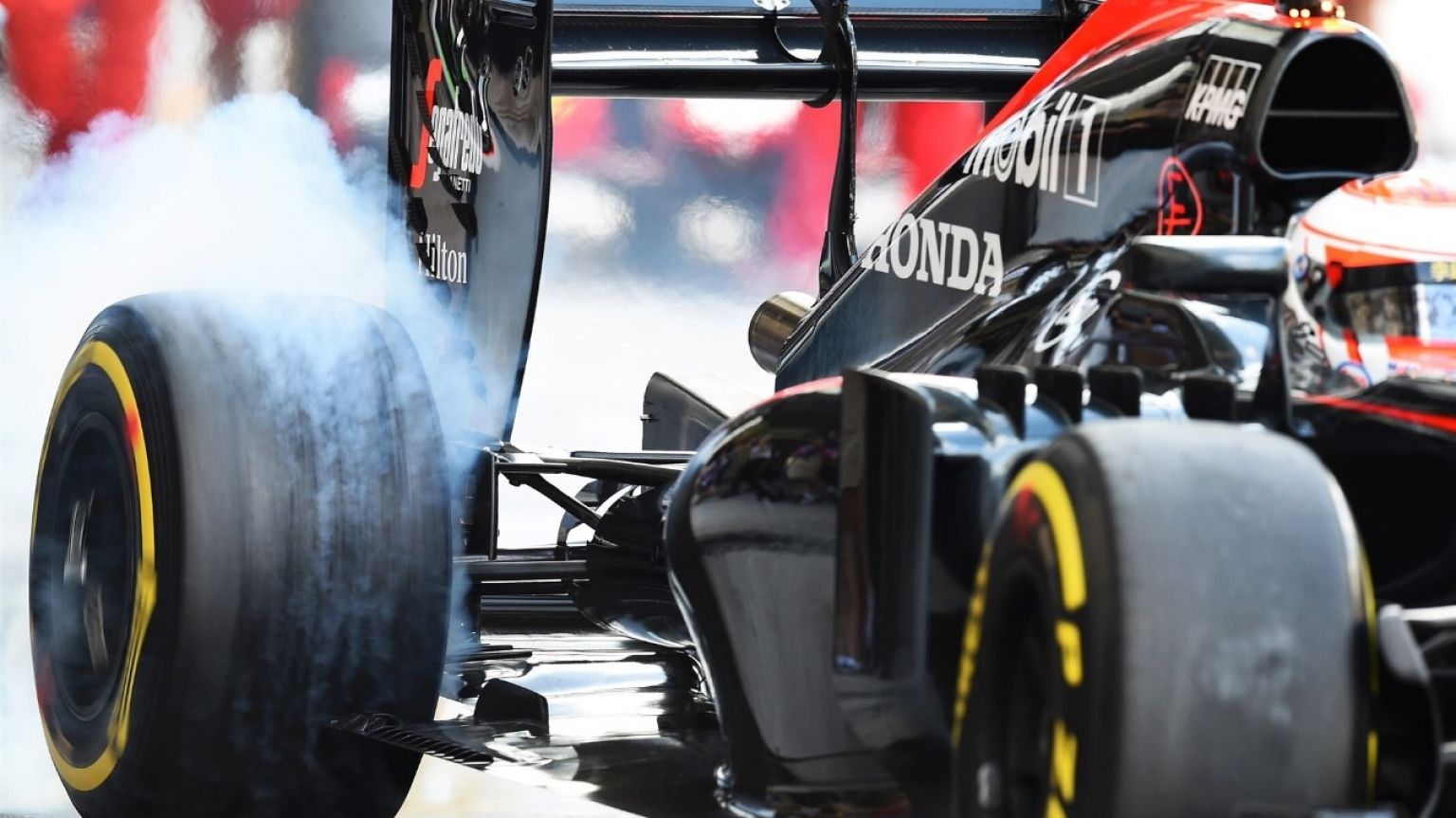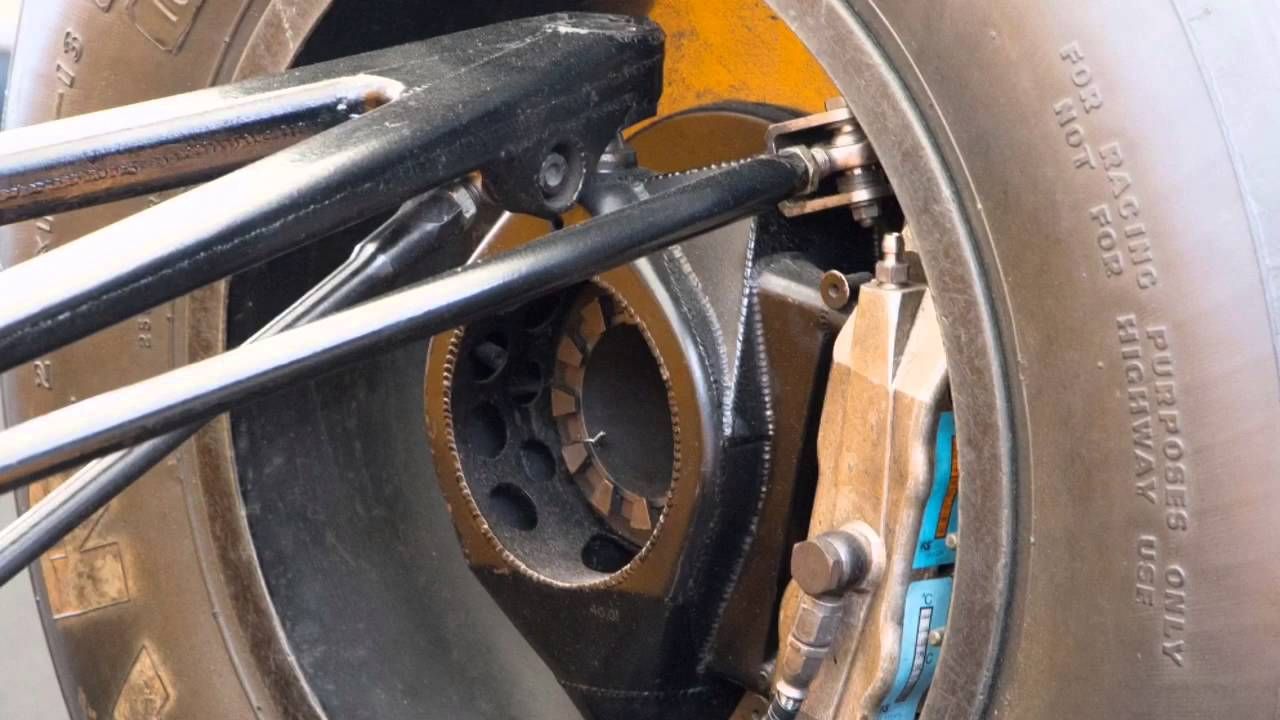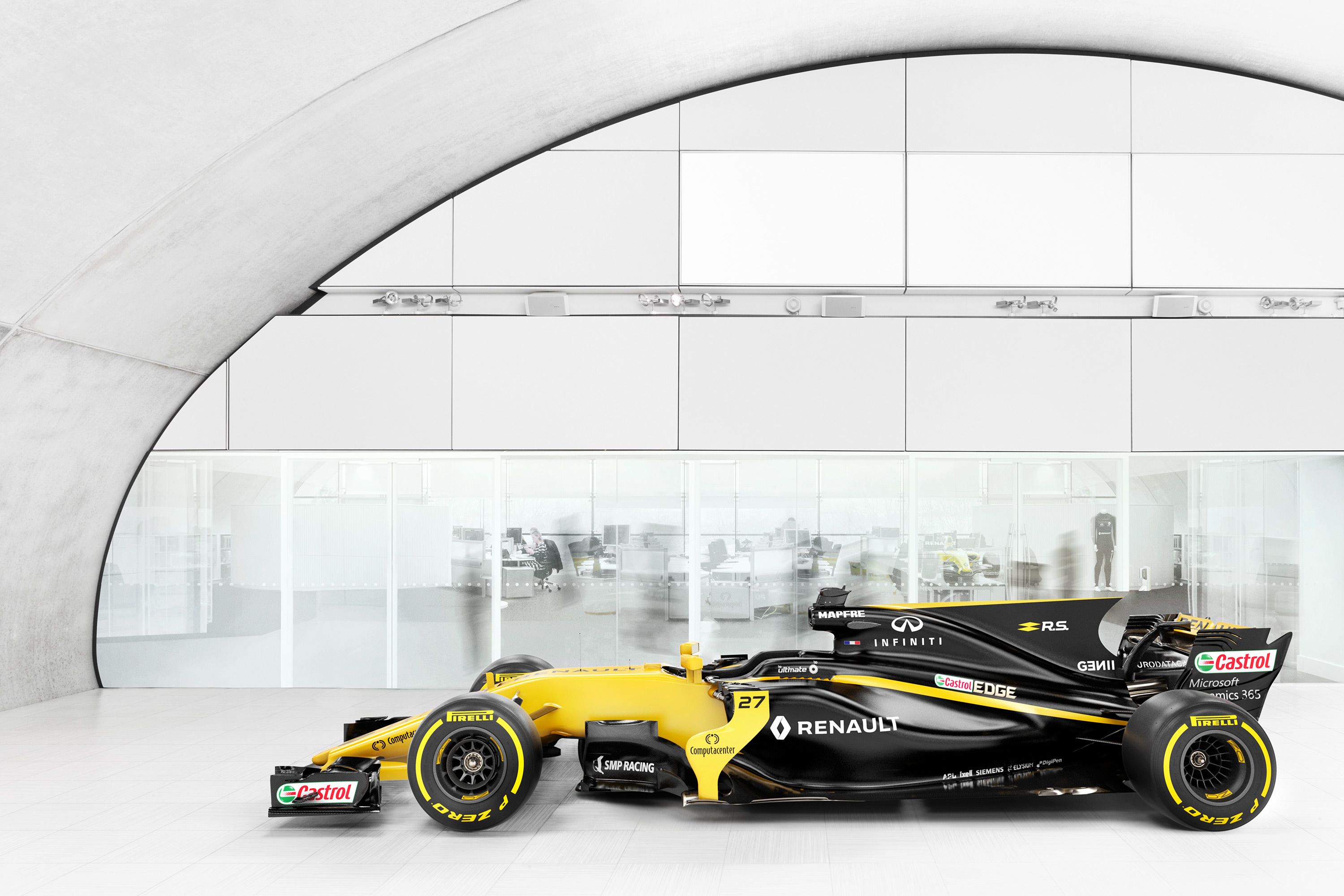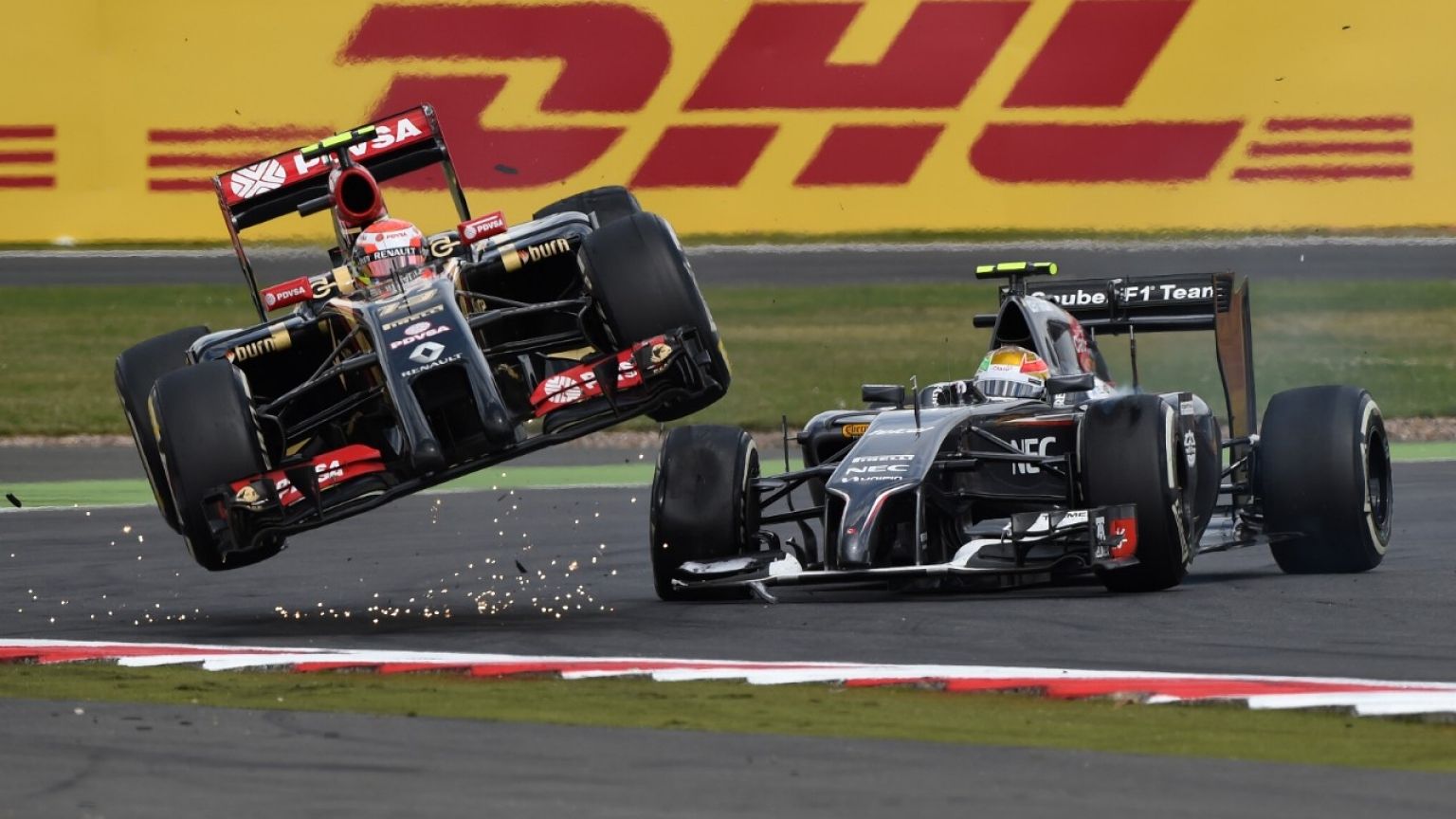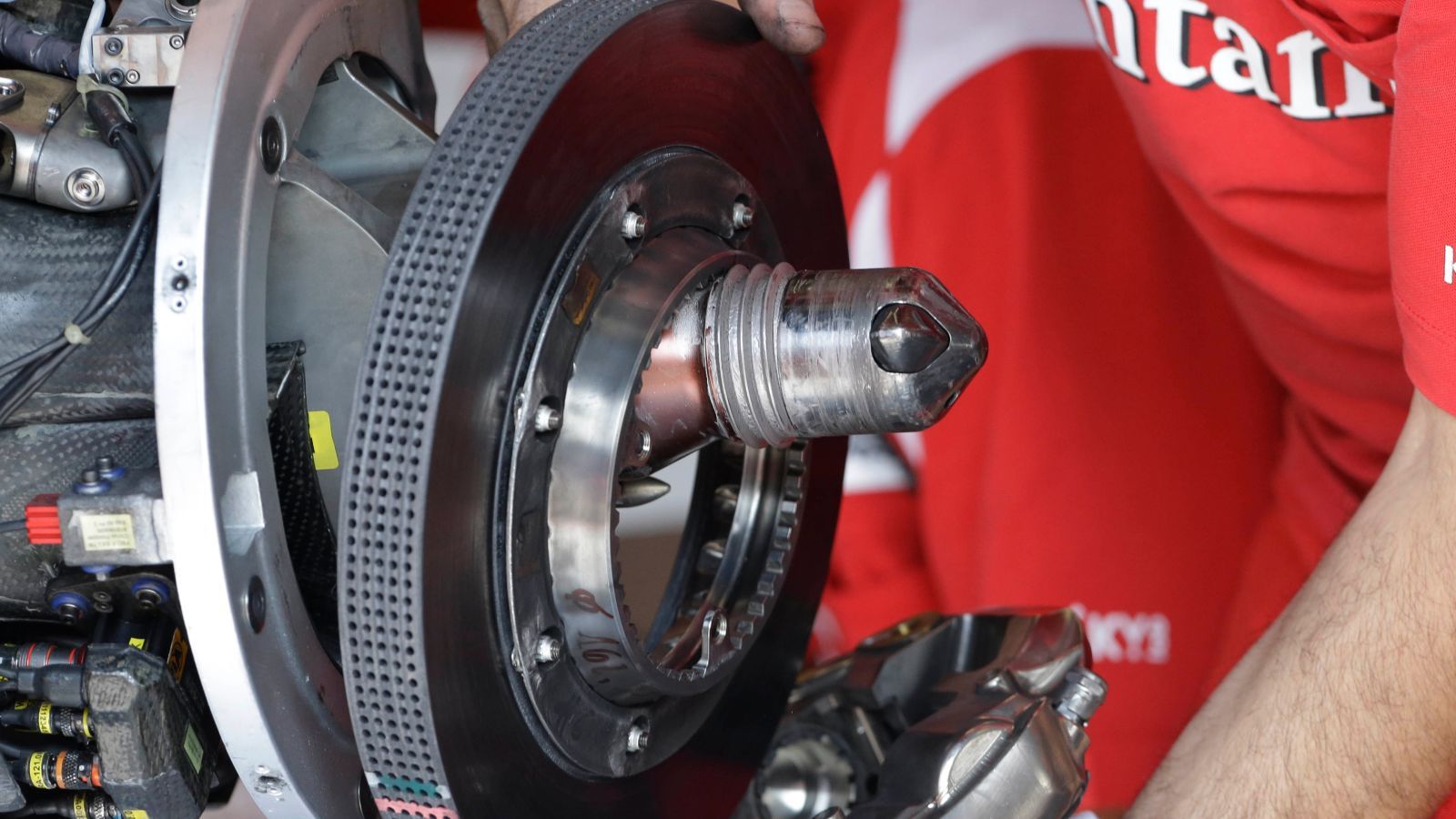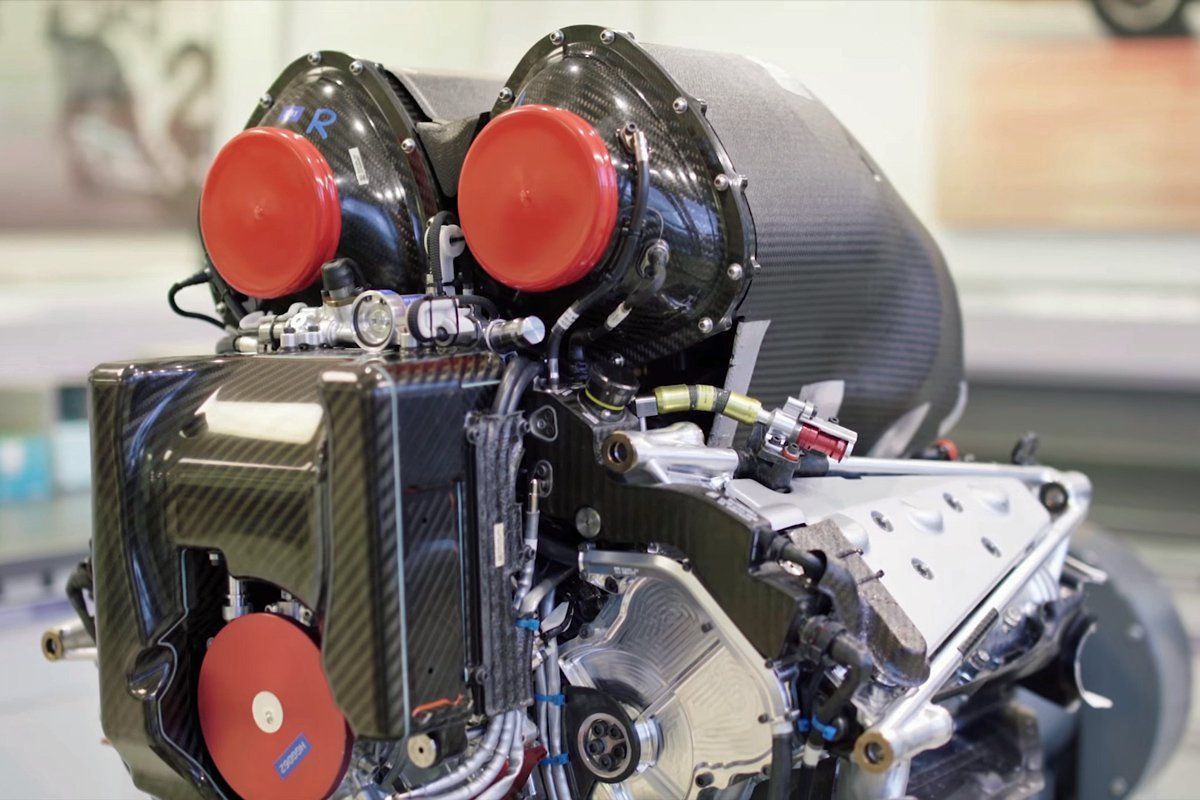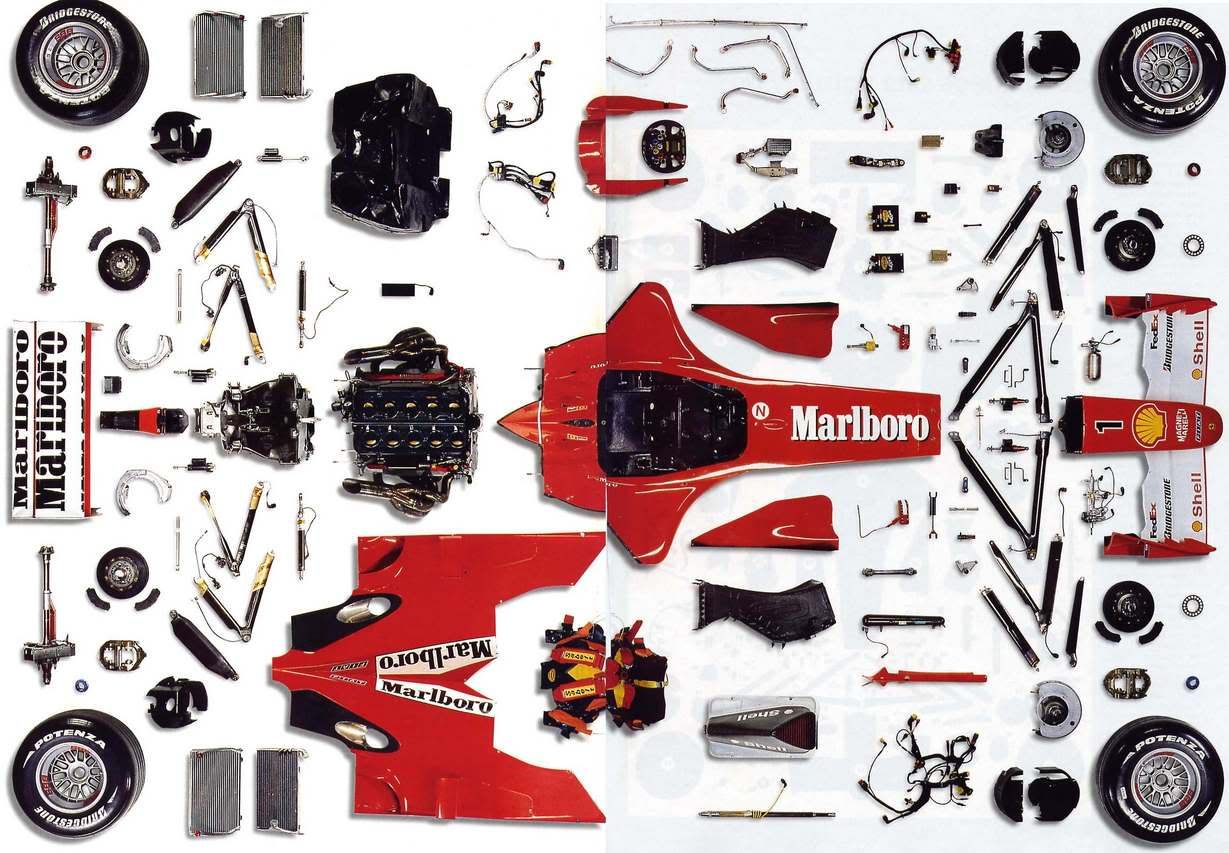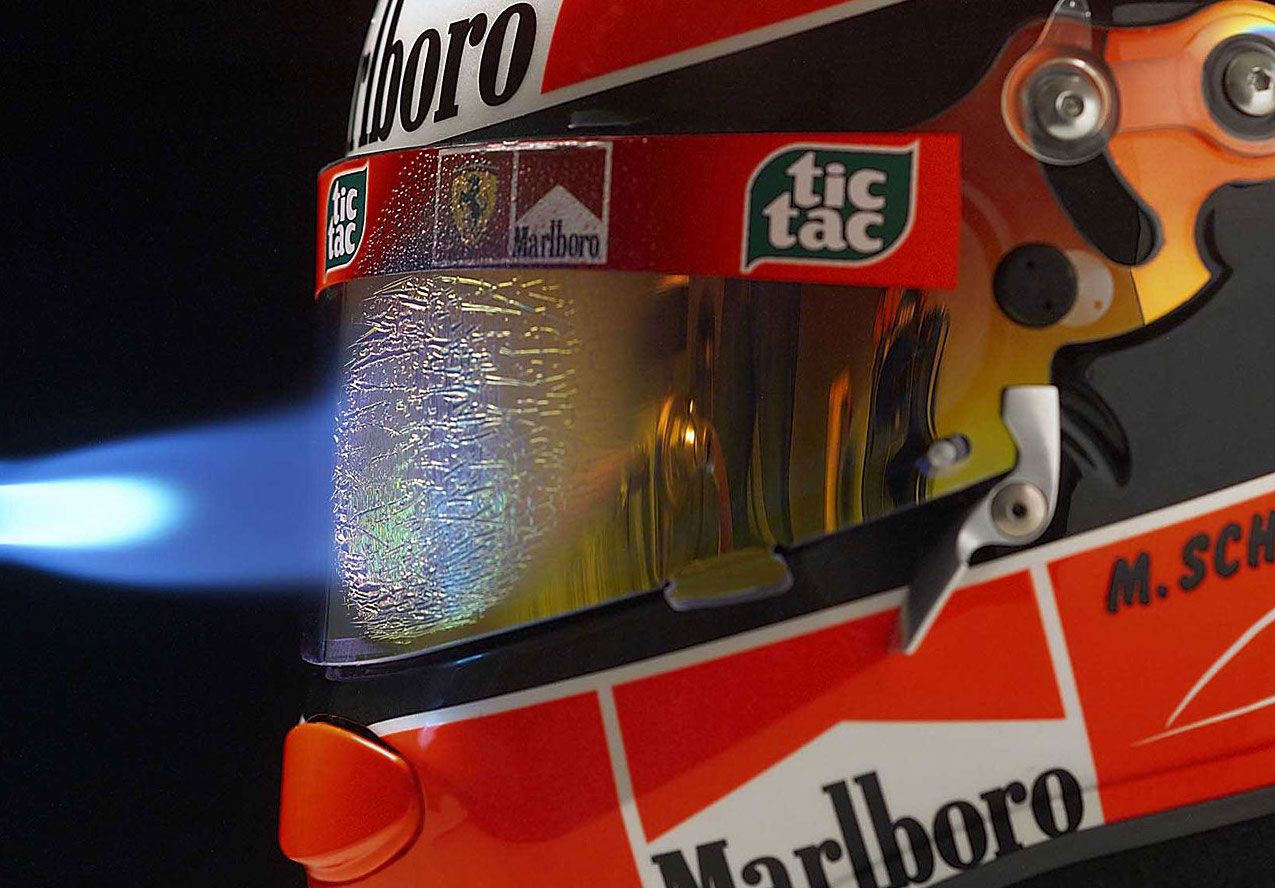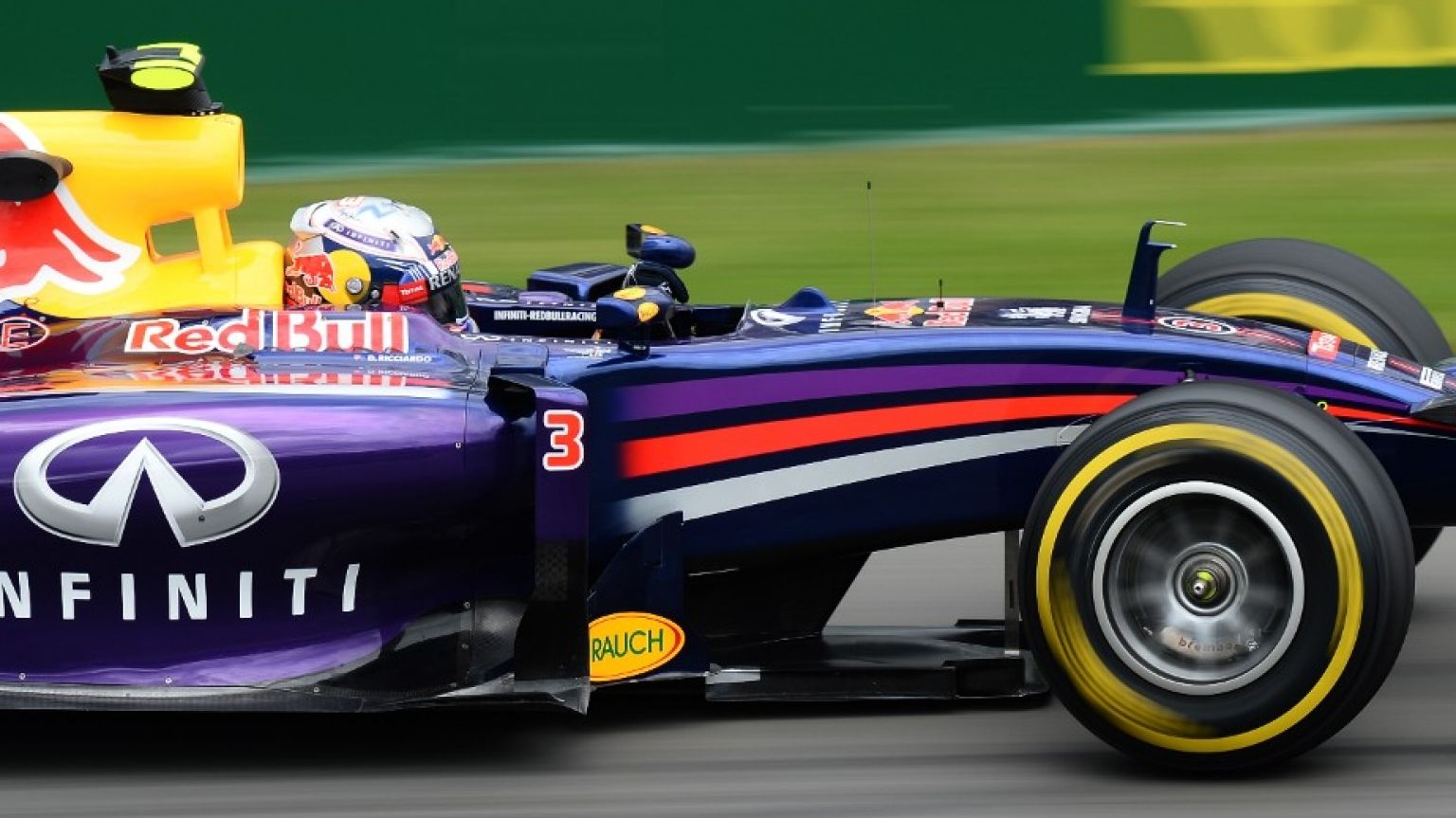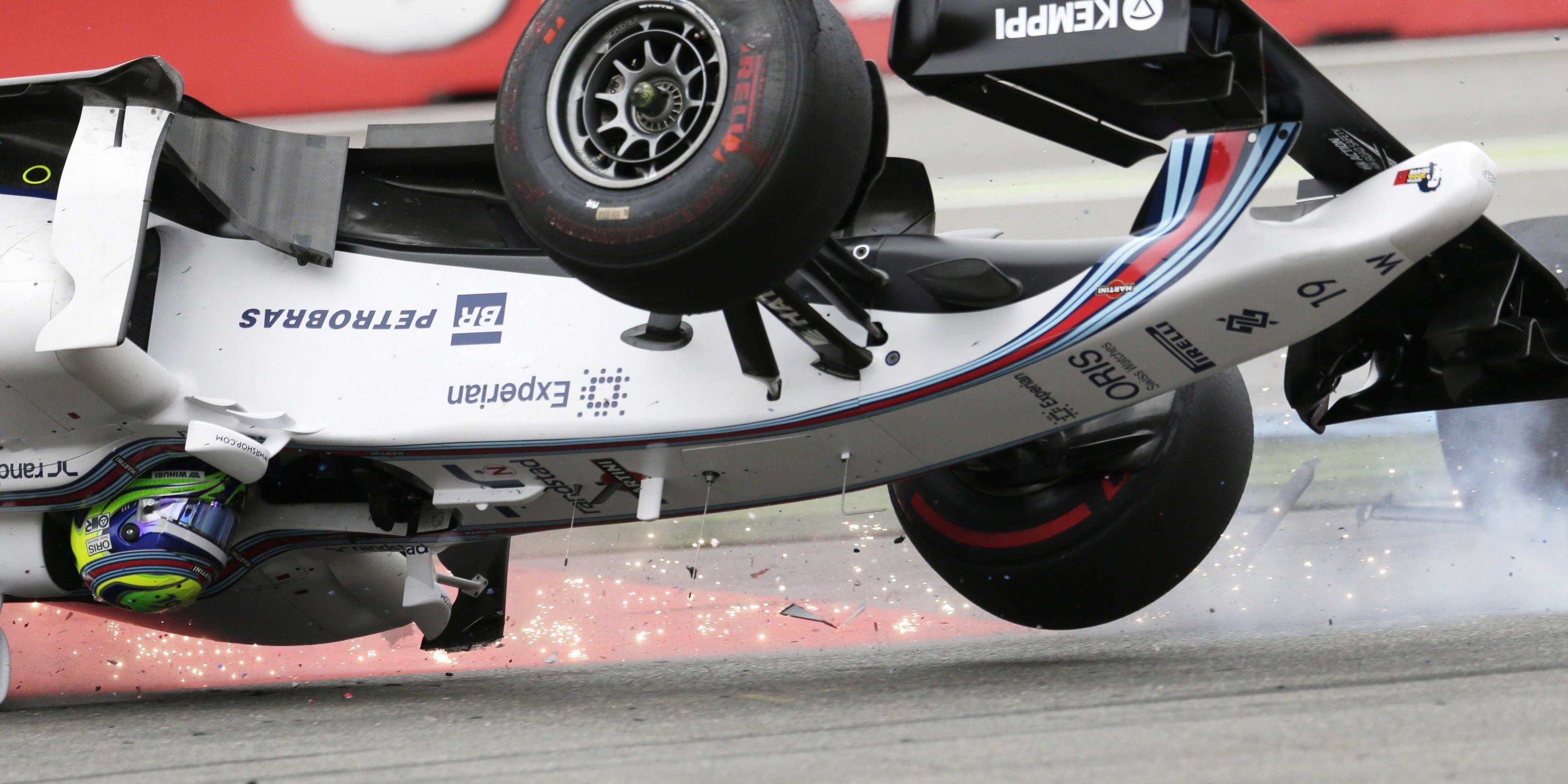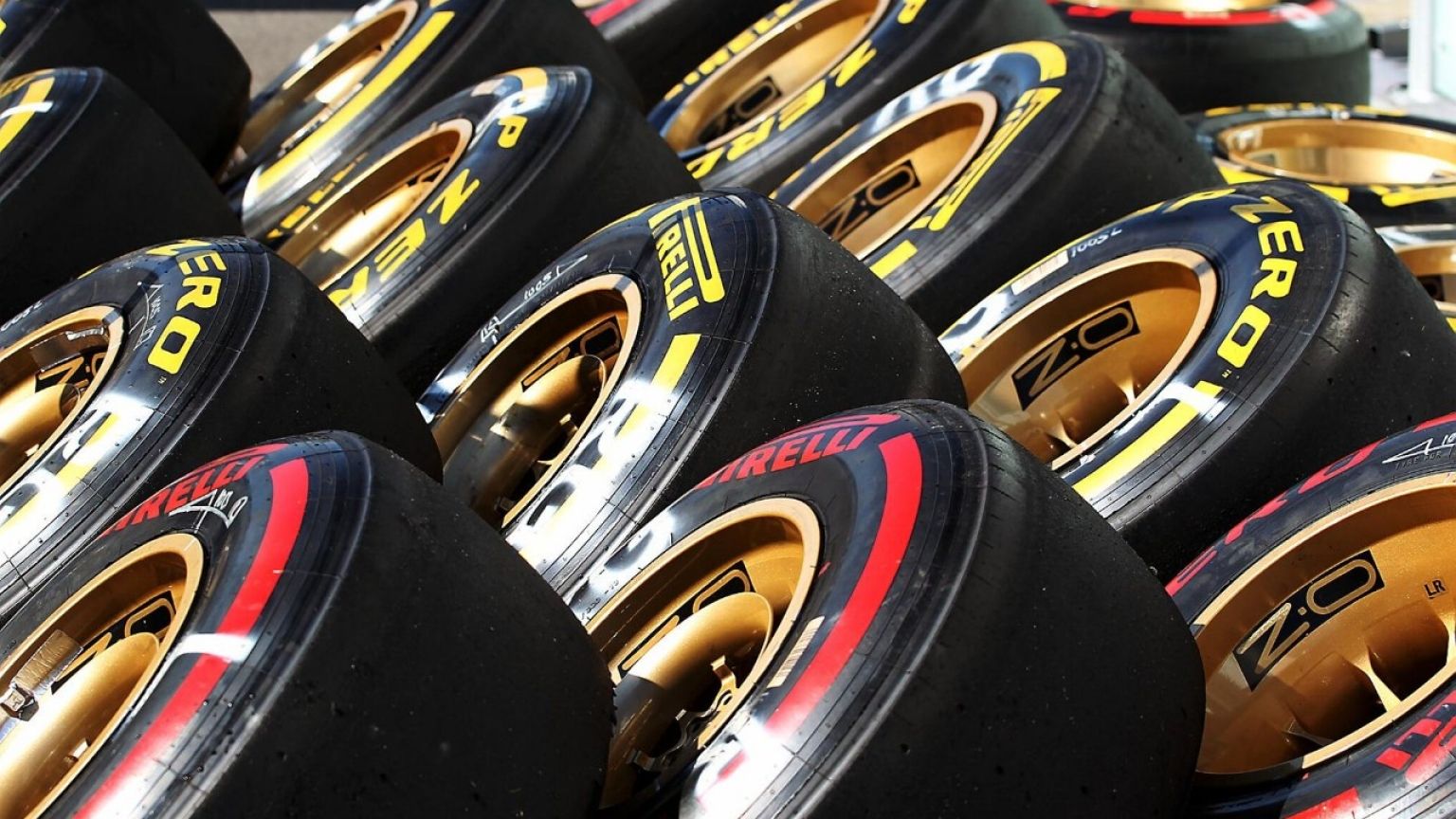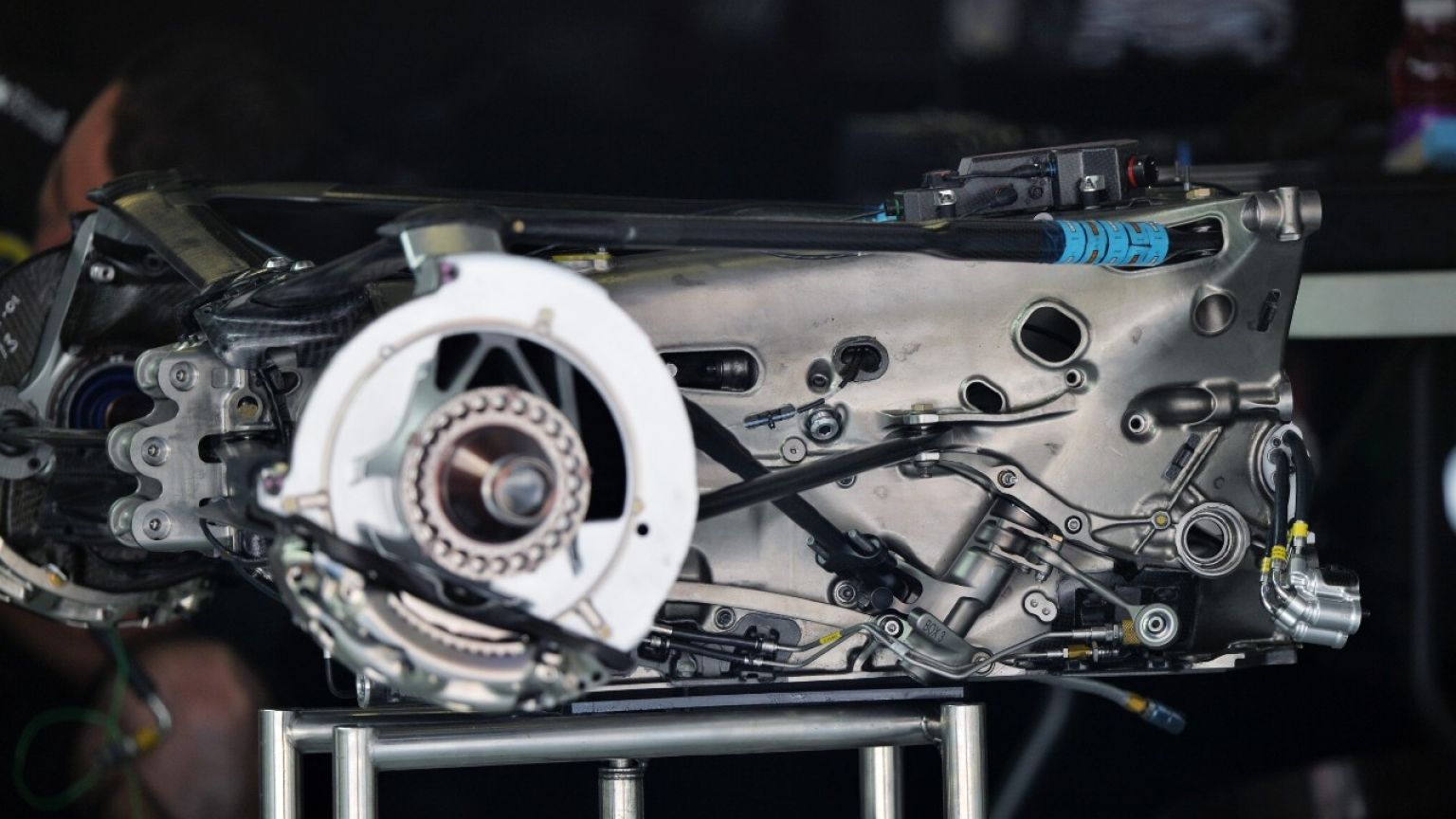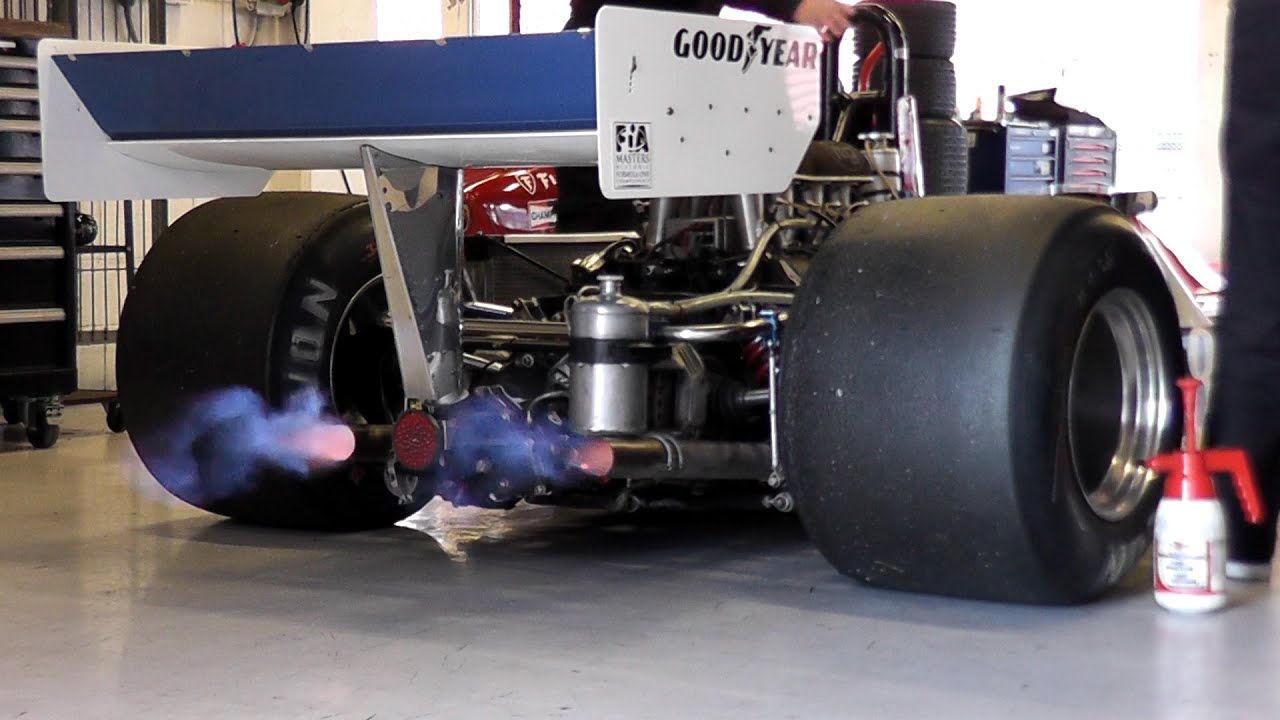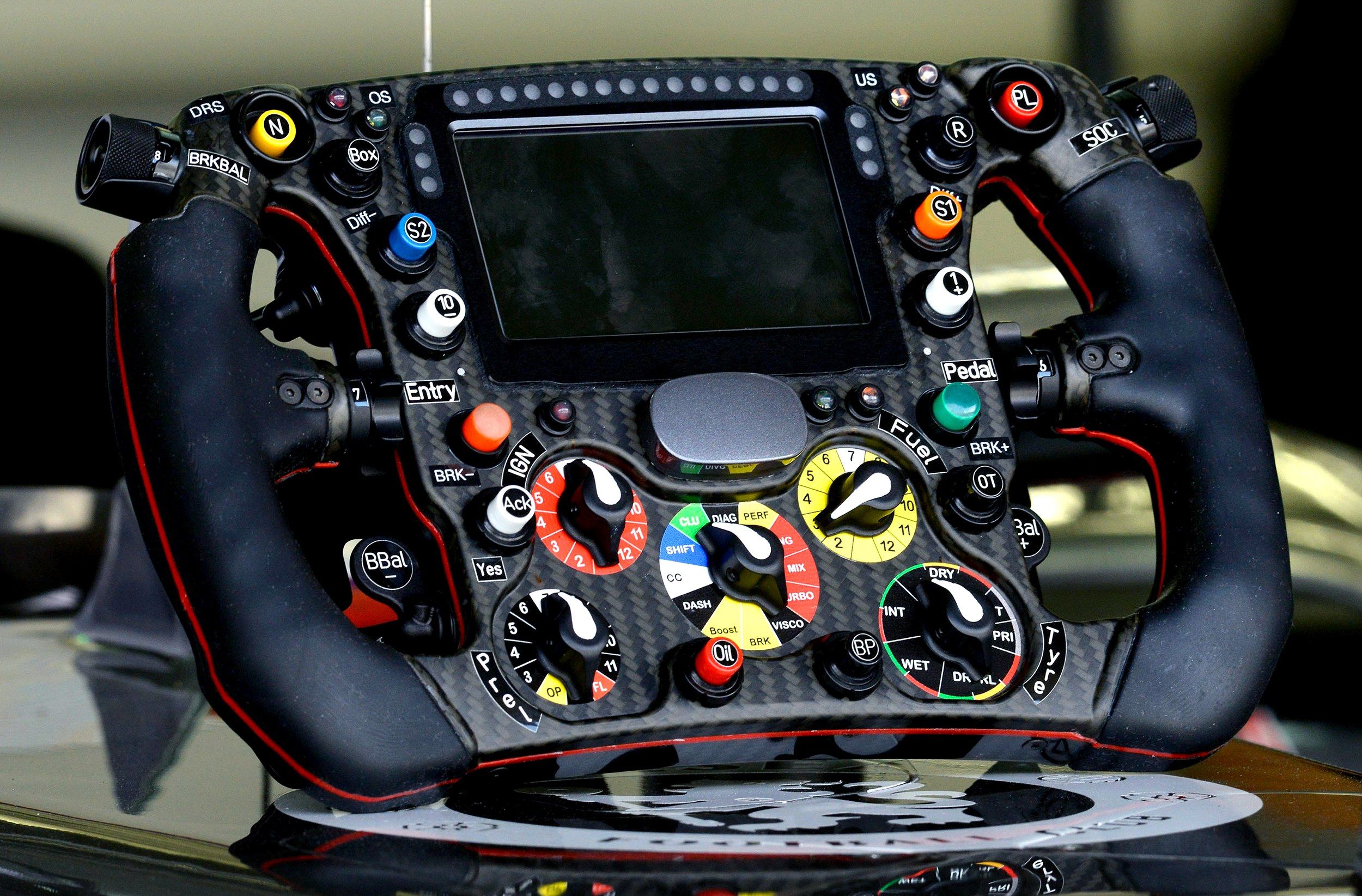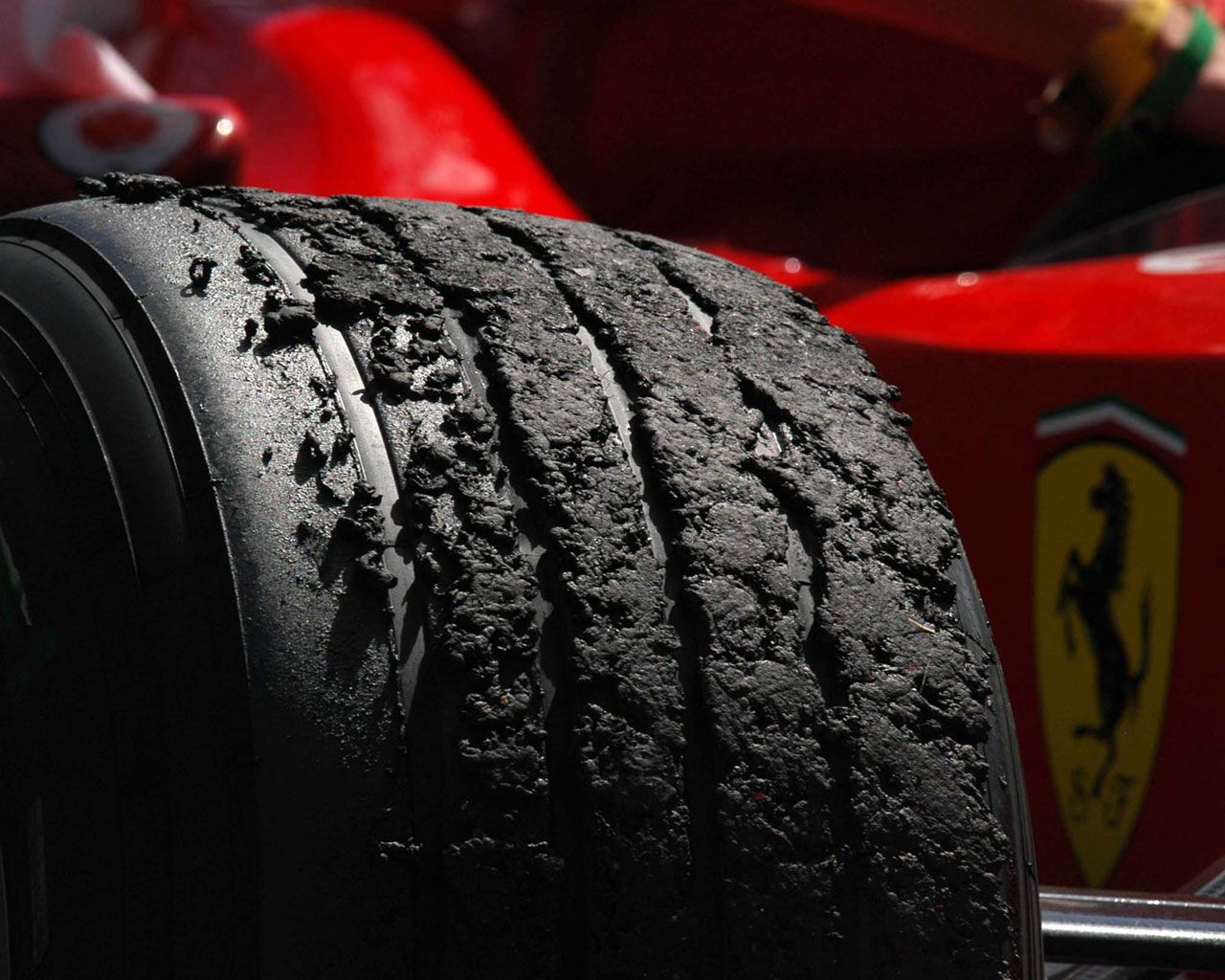Four wheels, a steering wheel and an engine—that’s about all a Formula 1 car and a regular car have in common. These two automobiles couldn’t be more different from one another. One mostly specializes in getting from point A to point B no matter how long it takes, while the other focuses solely on performance.
From the way they’re built to the way they’re used, Formula 1 cars have a narrow focus and a limited lifespan. They’re pushed to the brink on the circuit and constantly need parts serviced and replaced. The maintenance is what pit crews handle, who have a small window to do their job with a zero margin of error. Below we reveal how long it takes pit crews to replace tires and the number of seconds is hard to believe.
What’s most impressive though is how these cars not only physically and mentally take a toll on their drivers, but the environment around them. When looking at all the facts surrounding a Formula 1 car, they prove how skilled mankind’s handiwork is when it's applied to racing machines.
We’re going to look at all the things about Formula 1 cars that’s hard to wrap one’s head around. People have trouble understanding these mind-boggling facts, which all stand as a testament to the finest automobile engineering on the planet. We can hardly believe these tidbits are real surrounding Formula 1 and its cars. Don’t forget to also read things F1 fans don’t even know about their sport.
25 Cars Are Worth $6.8 Million
Formula 1 cars don’t come cheap. With all the advanced parts that go into it, their value comes out much higher than one would expect on the surface. According to My Drift Fun, the average Formula 1 car is worth about $6.8 million.
With that kind of money, someone could guy two Bugatti Chirons instead. It doesn’t stop there though. The same source notes that that price is just the value of its parts, not all the R&D that goes into making it even better.
24 Tires Get Hot Enough To Cook An Egg On
The amount of heat Formula 1 tires generate during a race is hot enough to cook a meal on. We doubt anyone’s ever tried, but when we look at how hot a tire can get, it’s the same temperature one would find on their stovetop.
According to Easy Science for Kids, the tires can get as hot as 120 Centigrade, which also happens to be the right temperature for cooking eggs—although they just might turn out over hard in the end.
23 The Front Suspension Can Handle Two Tons Of Pressure
The front suspension on Formula 1 cars are complex and can only be the result of years of testing. It even has a reputation for being able to put up with high amounts of pressure. How much exactly?
The site Easy Science for Kids reports that it can take two tons’ worth. This is necessary considering how the car sits and the way force kicks up across the front side of the vehicle. It’s one thing to make a fast car, but another to keep it from falling apart.
22 They Have To Secure Sewer Lids Where Circuit Races Take Place
As previously alluded to, a Formula 1 car not only affects its driver but the street it drives down. With the cars' design being what it is, they manage to build up enough force to disturb other elements along the circuit.
According to Formula Santander, it creates a suction effect that pulls the lids on sewer drains up. That could become a hazard for cars during the race, so they have to weld down the ones at the Monaco circuit to prevent any accidents from happening.
21 No Room For Error Assembling A Car, Or It Puts Lives At Risk
Imagine all 80,000 parts that make up a Formula 1 car. Now try to picture putting them all together. The process must be tedious, costly and time-consuming. Coupled with the fact that it’s intended for racing and that drivers go inside it, and there’s another person’s life to consider.
That adds a whole other element to the equation that forces, as My Drift Fun notes, workers to assemble all its parts without mistakes. With there being little room for errors, it’s hard to understand this aspect of Formula 1 cars.
20 There’s No Reverse Feature
You won’t see Formula 1 cars backing up. For a car that’s built to race, there isn’t really a need to implement this feature in the first place. Beyond there not really being a need for it though, there’s another practical reason for its omission.
The site Formula Santander reports that if they put a reverse feature in the vehicles, it would only add unnecessary weight. These machines are so minimalist and lightweight, even features that are conventional in road cars are absent.
19 Brake Discs Get As Hot As Lava (We’re Not Making This Up)
You thought the tires got hot, wait till you hear about the brake discs. While you might be able to cook food on the tires, the disc brakes will burn it. The site My Drift Fun reports that the discs themselves can get as hot as 1,200 Centigrade, which is comparable to lava.
Even when factoring the car’s speed along with the friction created by these rotating discs, it's hard to believe that any car can generate that much heat.
18 Engines Only Last A Few Hours
Formula 1 engines—as powerful as they are—aren’t built to last. The reason behind that has to do with how hard drivers push them. According to My Drift Fun, it revs about 18,000 rpm over the course of two hours.
It’s as if years tick off the lifespan of an engine in minutes when it’s put in a Formula 1 car. When casuals watch Formula 1, they don’t realize this about the engines, and that it’s different from the 6,000 rpm regular cars rev at.
17 Stepping On The Brakes Is Like Going Through A Brick Wall
Braking on a Formula 1 car is such a departure from regular cars thanks to their enormous horsepower and speed. With Formula 1 cars going up to 200 mph, attempting to slow the car down would have a different impact on a regular car.
CarWale reports that when a driver brakes in a Formula 1 car, it’s the equivalent of going through a brick wall in a normal car. Not only that, but it’s like going through it at 186 mph.
16 They Contain 80,000 Unique Components
A Formula 1 car may look less complex and more minimal compared to a regular car on the outside, but it’s far from it. According to Easy Science for Kids, 80,000 different components in all make up a typical Formula 1 car.
That’s about 50,000 more than what makes up a Toyota, for example, which their official site notes have about 30,000 parts. It’s hard to even imagine that a Formula 1 car requires more than twice as many parts as the average car.
15 It Takes A Lot To Put A Dent In The Helmets
While this doesn’t relate directly to Formula 1 cars, it’s an astounding stat about the nigh-impenetrable helmets drivers wear. When one thinks about driving a Formula 1 car, there’s no roof and the cockpit is wide open.
Thankfully the sport has invested a lot into making the helmets resilient to protect drivers. The Euro Palace blog notes that during a test, even the visor of the helmet was able to guard against fire that had reached 800 Centigrade for 45 seconds.
14 There’s Mere Centimeters Separating The Car From The Road
It’s hard to believe how much space there is between the bottom of a Formula 1 car and the road it darts on. By lowering the car to the ground, engineers have found a way to make the vehicle more aerodynamic, which helps with performance.
When measured, according to Formula Santander, it’s somewhere between 1 and 5 cm. They equate that to the size of a smartphone. It’s a mystery as to why the cars don’t scrape on the road more often.
13 They Can Drive Upside Down
Not exactly, but it’s a supposed possibility considering the science behind it. It sounds implausible, but so does going 0 to 62 mph in less than two seconds, which is possible for Formula 1 cars.
It’s a sport that never ceases to amaze and makes one wonder if the cars will only get faster? According to MDD Europe, the idea is that since a Formula 1 car can make more downforce than it weighs, it’s possible for it to drive upside down too.
12 They Fill The Tires Up With Nitrogen
As this list reveals throughout, Formula 1 tires are a far cry from the ones regular drivers are familiar with. They’re a special kind of tire that won’t take regular old air but instead require something else.
According to Formula 1’s official website, the air pumped into its cars has nitrogen in it. Tires can get really hot, which we detail separately on this list, so the Nitrogen helps to retain pressure inside the tires despite the heavy toll they take on a circuit.
11 Drivers Change Gears Nearly Every Second
Regular cars used to have manual gearboxes, forcing drivers to shift gears as they accelerated and decelerated. In the switch over to automatic, drivers seldom have to change gears unless they’re parking or backing up. A Formula 1 driver, on the other hand, has to constantly change gears.
Euro Palace reports that the average driver changes gears every 1.3 seconds. It’s hard to even imagine being able to do that, though it likely becomes second nature after years of practice.
10 They Have An Alloy Found In Jets And Nuclear Reactors
Only the best materials come together in a Formula 1 car, including parts one would find in a power plant. According to Euro Palace, the exhaust has a tough alloy jet engines and nuclear reactors use. They need something that will withstand the extreme heat, which the same source notes can get as hot as 1,000 Centigrade.
It takes a lot of heat in order to make a car go fast but also has to have materials that will keep the car intact by the end of the race.
9 The Steering Wheels Cost A Fortune
The Formula 1 car's steering wheel alone is an advanced piece of technology. Just one look at it is certain to raise eyebrows to the uninitiated. The surface is full of colorful buttons and dials drivers have to be well-versed with before they can race.
What’s hard to comprehend is the fact that these parts are worth as much as they are. The site Easy Science for Kids reports that the steering wheel alone costs about $25,000, which isn’t immediately evident upon looking at it.
8 Drivers Can Experience High G Forces
Depending on what a Formula 1 driver is doing determines the amount of g-force they’re tolerating. The more a driver slows down the car, the more g-force they'll experience.
According to Formula 1 Dictionary, a driver feels the most while braking, which comes out to 5 g. When they accelerate the car, they’re up against 2 g. The same source even notes though that a driver can experience up to 6 g while cornering, depending on how fast they're going into it.
7 Tires Lose More Than A Pound Of Air
Formula 1 cars have to go full throttle for two hours straight—the typical length of a Formula 1 race. Over the course of the race, teams have a number of tires they can swap out. There’s a reason they need to replace the tires considering all the damage they endure.
According to Easy Science for Kids, a tire loses weight as the race progresses. They even note that tires can lose more than a pound of air, which could have adverse effects on a car’s performance.
6 Only Weighs About 1,400 Pounds
Usually the lighter the car, the faster it goes. This philosophy certainly applies to the sport of Formula 1 and its cars. The site Easy Science For Kids reports that including the driver, a Formula 1 car weighs about 1,400 pounds. That’s a lot less than the average sedan, such as the Toyota Camry or Nissan Altima, which tends to weigh about 3,200 pounds.
It’s a mechanical wonder that Formula 1 cars weigh only this much and are able to do about 811 hp.

